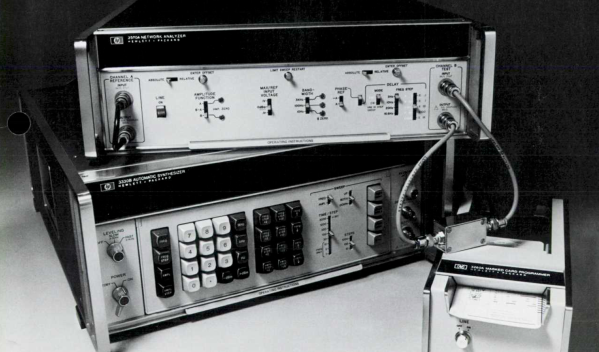We’ve all had to shake jars of nail polish, model paint, or cell cultures. Mixing paint is easy – but bacteria and cells need to be agitated for hours. Happily, laboratory tube tumblers automate this for us. The swishing action is handled with rotation. The vials are mounted at angles around a wheel. The angular offset means the tubes are inclined as they rise, and declined as they fall. This causes the liquid in the tube to slosh from one side to the other as the wheel rotates. [Sebastian S. Cocioba] aka [ATinyGreenCell] released his plans through Tinkercad and GitHub, and with a name like Sir Tumbalot, we know he must be cultured indeed.
Grab your monocles. Version 2 features a driven wheel lined with magnets to attach tube adapters, and he’s modeled 50mL and twin 15mL tube holders. The attachment points look like a simple beveled rectangle with a magnet pocket, so if you’re feeling vigorous for vials, you can whip up custom sockets and tumble any darn thing. A Trinamic StealthChop chip on a custom PCB controls the pancake stepper, and the whole shebang should cost less than $50USD. We’re wondering what other purposes this modular design could have, like the smallest rock tumbler or resin print rinser.
Making lab equipment is phenomenal for saving money for things that just spin up to a biotech lab.
Continue reading “Tube Tumbler Provides The Perfect Culture”














